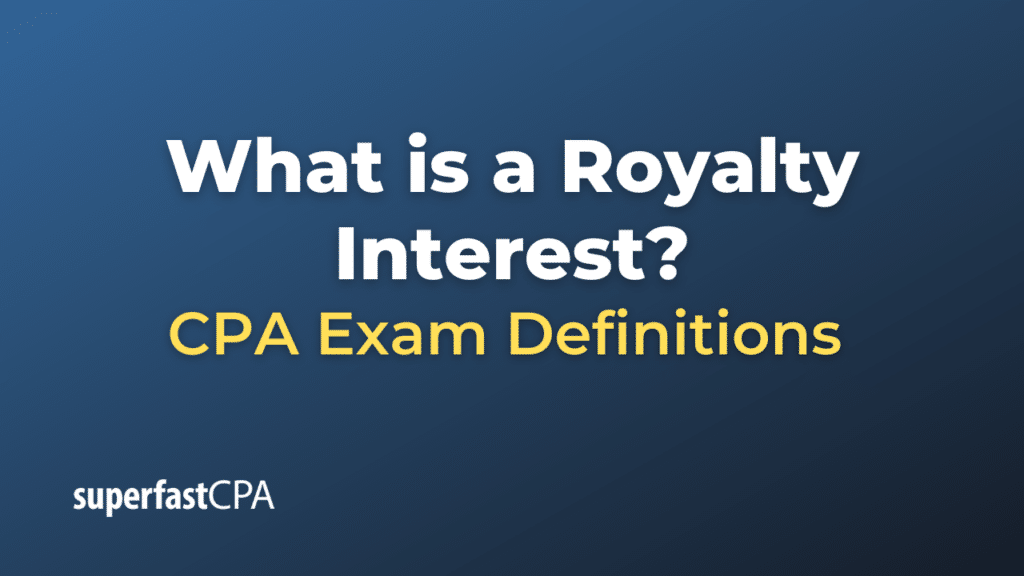Royalty Interest
A royalty interest refers to the right to receive a portion of the revenue (or the product itself in some cases) from the extraction or production of minerals, including oil and gas, from a property. This interest entitles the holder to a percentage of the gross production from a well, free from the costs of drilling and production operations.
The royalty interest is carved out of the working interest, which is the interest in a lease that grants the right to explore, drill, produce, and operate a tract or parcel of land for the production of oil and gas. While the working interest owner bears the exploration, development, and operating expenses, the royalty interest owner gets a “free and clear” portion of production.
Here’s a breakdown of the primary interests involved in oil and gas operations:
- Working Interest: This is the ownership interest in a lease that provides the right to drill and produce oil and gas on the leased acreage. Working interest owners are obligated to pay a portion of the operating costs associated with a well.
- Royalty Interest: As mentioned, this is the interest in the oil and gas production from a well. Royalty interest owners are free from the costs of drilling and producing the oil and gas. The royalty is usually negotiated as a percentage of production and is stipulated in the oil and gas lease.
Example of a Royalty Interest
Jennifer owns a 500-acre farm in an area suspected to have underground oil reserves. BigOil Inc., an oil exploration company, approaches Jennifer with an interest in drilling on her land. They offer her a lease agreement to drill and produce oil from her property.
Lease Agreement Terms:
- Duration: The lease will last for 5 years, with the possibility of extension if oil production is successful.
- Royalty Rate: Jennifer is offered a 15% royalty interest on all oil produced and sold from her land.
- Working Interest: BigOil Inc. will retain the working interest, meaning they will cover all costs associated with exploration, drilling, production, and sale of the oil.
Outcome:
BigOil Inc. drills a successful well on Jennifer’s property. In the first month of production, the well produces oil worth $2,000,000.
Royalty Calculation:
Based on the 15% royalty interest:
$2,000,000 (oil revenue) × 15% (royalty interest) = $300,000
Jennifer would receive $300,000 as her royalty for that month, without incurring any of the costs associated with the drilling or production process. This is her revenue “off the top” before BigOil Inc. deducts its expenses.
The remaining $1,700,000 would go to BigOil Inc., but they would use a portion of this to cover the operational costs. Any amount left after covering these costs would be their profit.
In the Following Months:
Assuming the well consistently produces the same amount of oil, Jennifer would continue to receive her 15% royalty, or $300,000, monthly. If the production rate declines, her royalty would adjust proportionally.
This example illustrates the financial dynamics of a typical oil lease agreement, emphasizing the advantage a royalty interest can provide to a landowner. While the working interest owner (BigOil Inc.) bears the operational risks and costs, the royalty interest owner (Jennifer) benefits from the production without those associated expenses.













